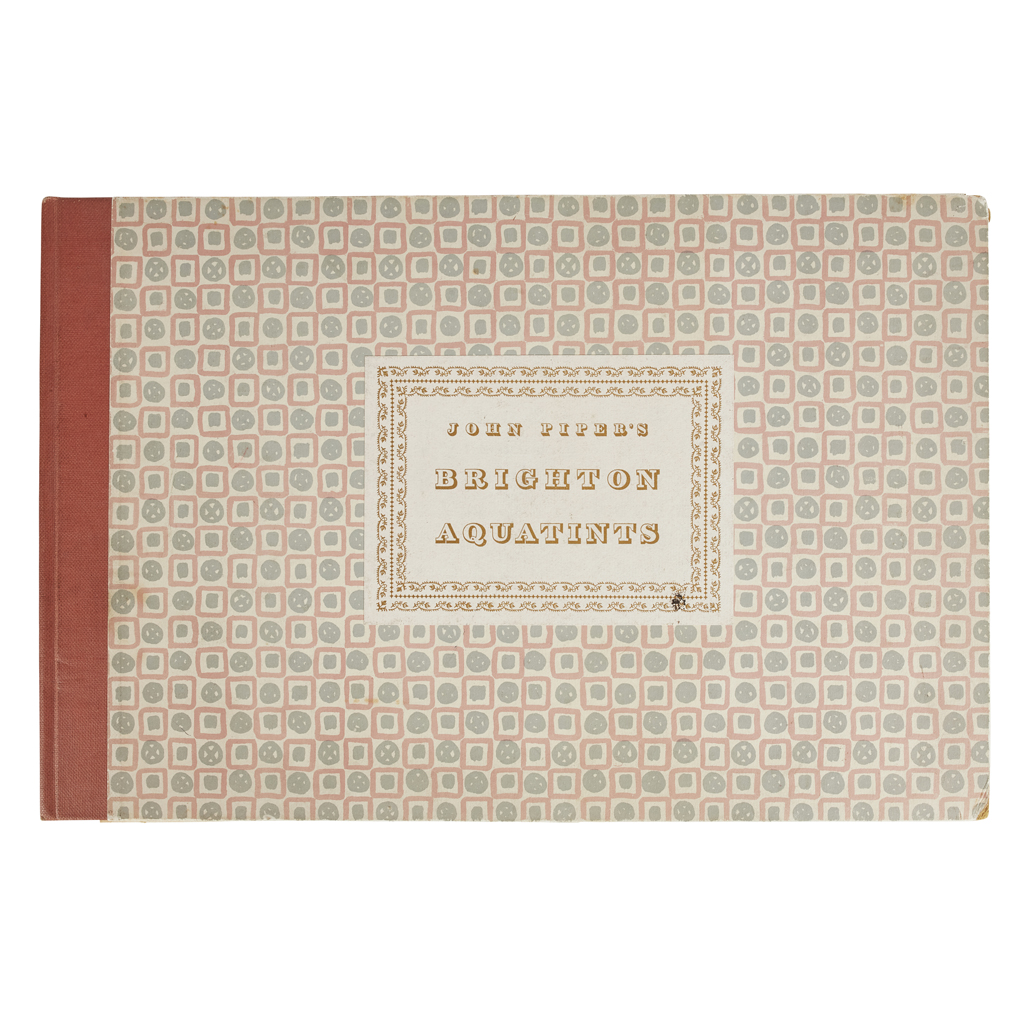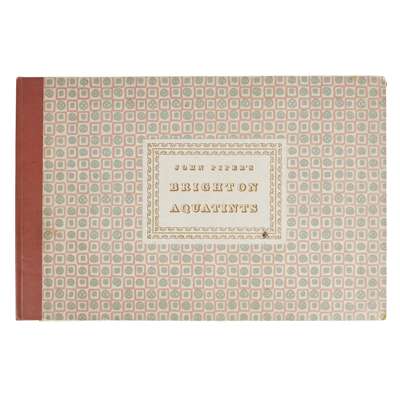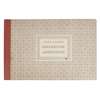
Lot 503

PIPER, JOHN
BRIGHTON AQUATINTS. [LONDON: DUCKWORTH, 1939]






Auction: 10 October 2018 at 11:00 BST
Description
Oblong folio, 12 aquatints interleaved with titles and descriptions on blue paper, tissue guards for all but one print present, original pink quarter cloth over patterned paper boards, small mark to upper cover, a few tissue guards creased
Footnote
Note: John Piper's first sketches, taken as a child before the outbreak of the First World War, were chiefly architectural. He drew the monuments and buildings around his home in Epsom, even turning the work into handmade guidebooks . As an adult, his artistic output ranged from stained-glass to prints, to work with textiles . However, architecture, and the landscape complete with its human constructions, seems to remain a central theme throughout Piper's career.
Piper is perhaps best known in the mainstream for his paintings of the destruction of Coventry Cathedral. As an official war artist during the Second World War, he had the opportunity to capture the scenes of the bombed cathedral on the 15th November, the day immediately following the air raid.
Piper's "Brighton Aquatints" predates his Coventry Cathedral paintings by nearly a year. The aquatint - a type of copper plate print treated with chemicals to resemble watercolour - was commonly used in late 18th and early 19th century guidebooks, such as those by William Gilpin. Piper employed this technique - used to evoke whimsy and the picturesque - and applied it to a modern exploration of Brighton, with its fittingly early 19th century architecture.
Piper perfectly summed-up his view of Brighton:
"The regency architecture of Brighton is worth fighting for, not only because it's good Regency, but also because it's good seaside."
The "Brighton Aquatints" are fun. They combine the whimsy of the Regency with the joy of the seaside and the exploration of abstraction for which Piper is known.





